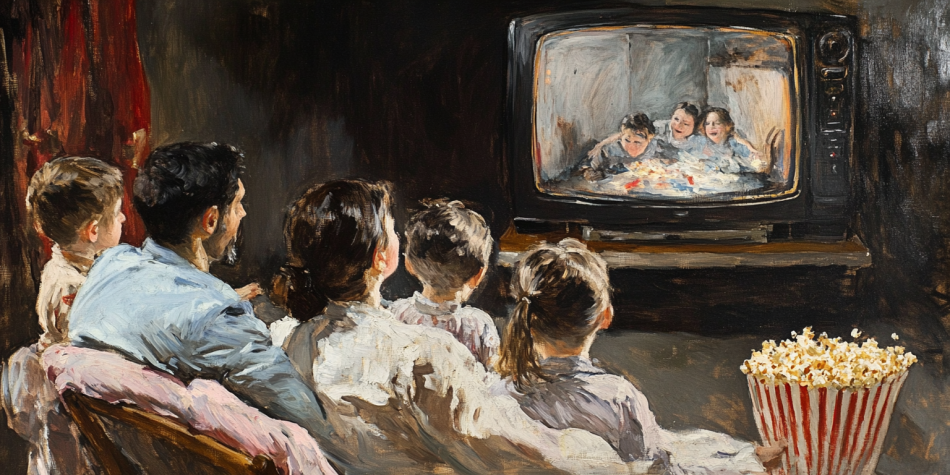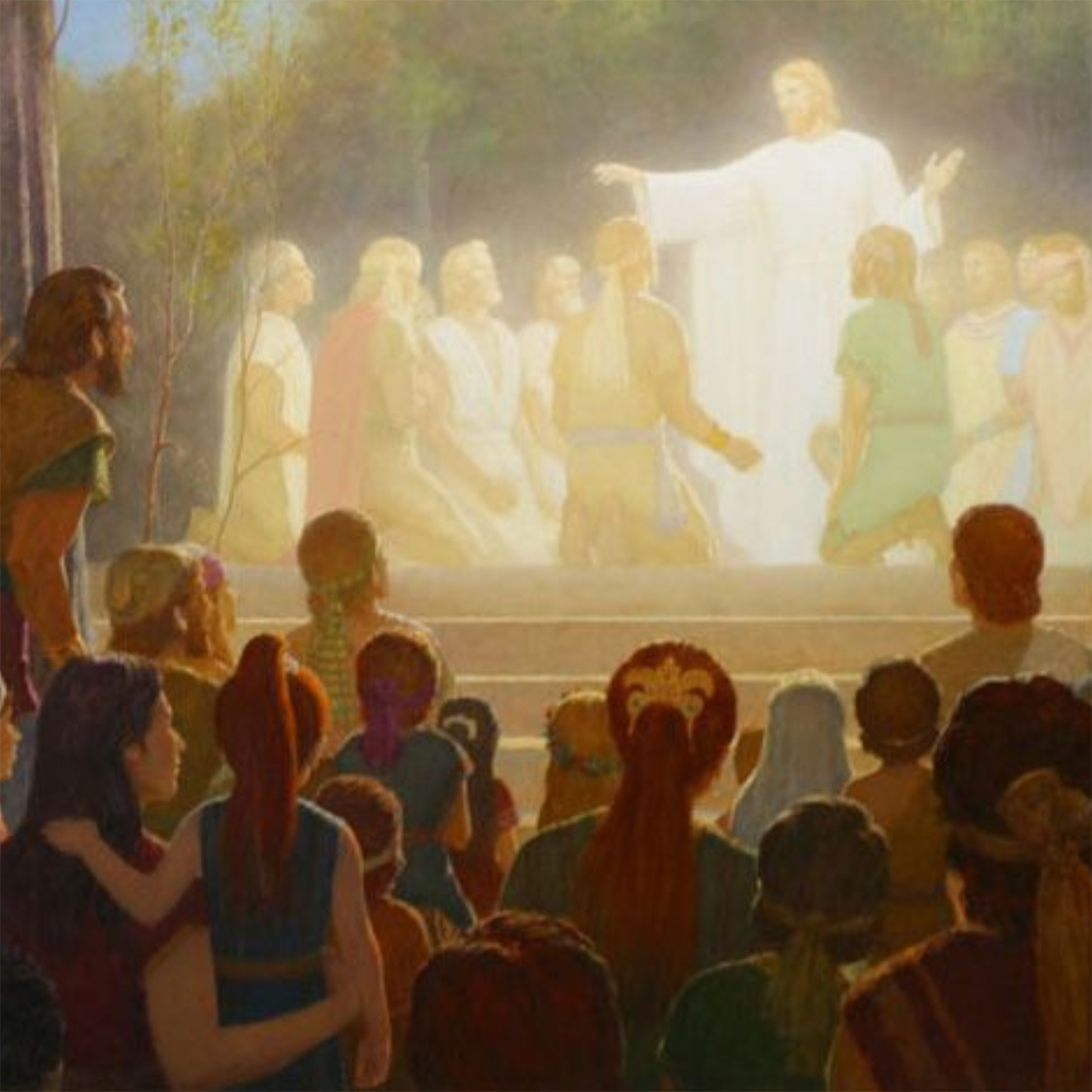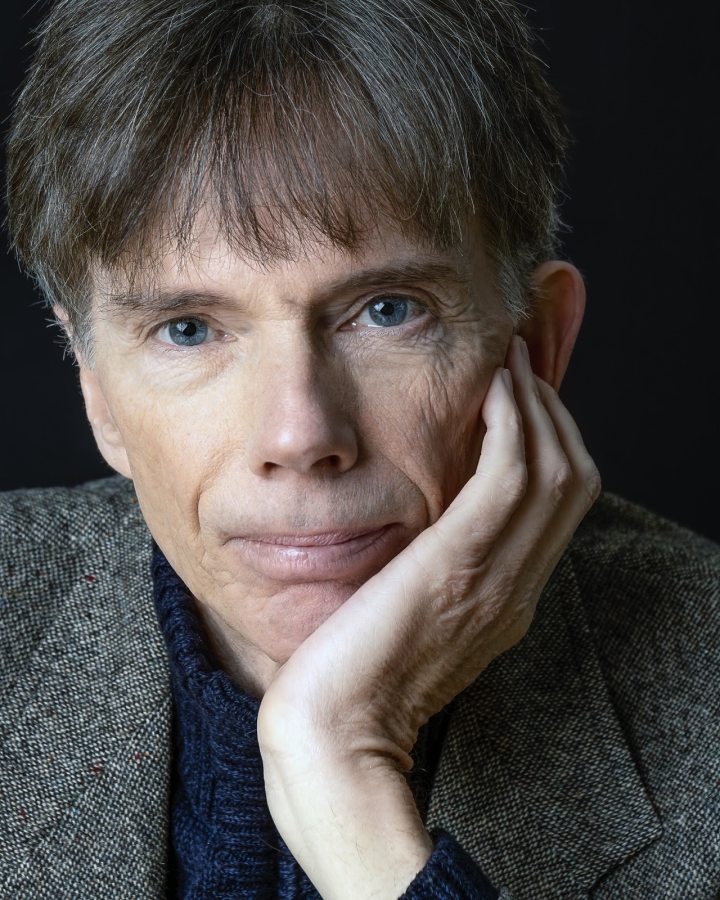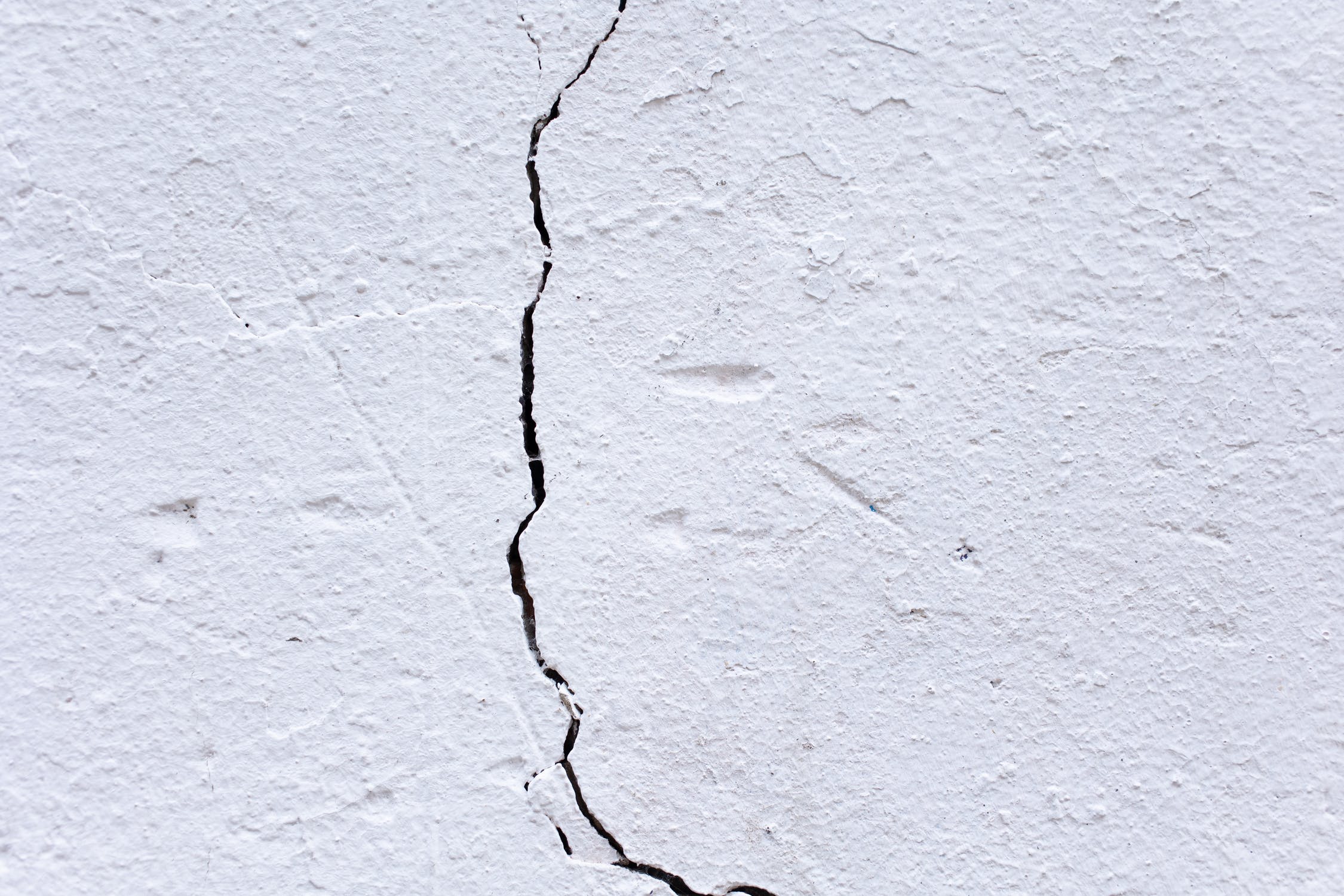In the last three years, there have been 1676 scripted television series on network, cable, and streaming platforms.
Of those shows, two of them had a main cast character who was depicted as a member of The Church of Jesus Christ of Latter-day Saints, or 0.1%. This is in contrast to the 1.7% of the US population that are members of The Church of Jesus Christ of Latter-day Saints.
Latter-day Saints are underrepresented as main characters on US scripted TV shows by 1700%.
This lack of representation contributes to attitudes that Latter-day Saints are foreign, cloistered, and unusual.
One other effect of this lack of representation is that an undue burden is placed on the few Latter-day Saint characters in popular culture to represent the whole. An undue burden is placed on the few Latter-day Saint characters in popular culture.
Perhaps the religious group most impacted by their media representation over the last thirty years has been the Muslim community.
Muslims are rarely seen as the main characters in TV shows. They are almost always the other that our main character is operating against. These characters too often fall into three main stereotypes: the rich sheik, the exotic belly dancer, and the terrorist.
The existence of these stock characters carries some negative effects. They paint public perceptions and limit the imagination of what a Muslim can be.
However, the representation of Muslims on television in recent years also shows some hope. There has begun to be an increase in Muslim representation on television. Muslims make up about 1.1% of the US population and now make up about 1% of the characters on TV shows. As this representation has increased, the variety of characters they play has been able to increase. Peacock’s “We Are Lady Parts” is about the creation of a girl band; the members are all Muslim. Disney Plus’ “Ms. Marvel” has a Muslim protagonist whose participation in her religious faith is a part of the overall painting of her character. Cartoon Network’s “Young Justice” features another Muslim superhero. Netflix’s horror “Midnight Mass” features a Muslim police chief navigating his complex identity. And Hulu’s “Ramy” does a particularly noteworthy job of showing a Muslim character of faith.
This isn’t to say Muslim characters that are lacking don’t exist. They continue to be portrayed in stereotypical ways at disproportional rates. Sometimes shows will attempt “representation,” such as Netflix’s “Why Are You Like This,” which shows Muslim characters mainly betraying their Islamic identity. But while those stories may not be ideal for Muslim representation, they are part of a tapestry of portrayal that is finally starting to include some more honest and complex representations as well. These more honest portrayals are possible as the overall rate of representation has increased.
Latter-day Saint characters also tend to fall into familiar stock patterns, though naturally, they are different kinds of patterns. For Latter-day Saints, the most common characters are either:
1) Naive, repressed, and often family-focused
2) Rebellious against their strict upbringing
3) Secretive and violent
These patterns are common in depictions such as “The Book of Mormon Musical,” where the characters are displayed as naive. The secretive and violent stereotype was the most common early on, appearing even in Sherlock Holmes, and persists without any additional insight or nuance in Hulu’s recent “Under the Banner of Heaven.”
We were able to read a copy of the shooting script of an upcoming film starring two sister missionaries. We strongly advise you to avoid the film. One of the sisters fits the naive stereotype, while the other shows she’s rebelling by discussing her pornography usage in the film’s opening scene. (The final film will likely be different from the shooting script).
Apple+’s “Physical” has the prominent character John Breem, who fits into the repressed pattern. “Quantico” is an ABC procedural that had a Latter-day Saint in one episode. He was repressing the affair he had while a missionary (they also made sure to film his garments for good measure).
Netflix’s “Stranger Things” has probably given the most positive depiction of Latter-day Saints on television in the last ten years. But while it is positive, the depiction slots right into the family stereotype.
Even the best, most nuanced depictions of Latter-day Saints, such as Cole, a doctor who appeared in seven episodes in the fourth season of “House” sixteen years ago, fall into these patterns. While he tries to follow his convictions on alcohol, he eventually gives in and drinks.
The problem isn’t that these depictions are always negative, many of these stereotypes are good, just as a depiction of a rich sheik isn’t necessarily negative. It’s that when that’s all there is, the complex, honest reality of the Latter-day Saint experience goes missing.
But similar to the experience of American Muslims, the answer is likely not to nitpick and fight against every stereotypical or negative depiction but rather to work toward an overall increase in representation, which will then give space for honest, in-depth representations to finally appear. This is especially true of Latter-day Saint women, who are even less represented. The complex, honest reality of the Latter-day Saint experience goes missing.
It’s not that we are calling on creators to never write Latter-day Saint characters who fall into those stereotypes but to write more honest Latter-day Saint characters overall. If we had seventeen times more Latter-day Saint characters on television appropriate to our overall representation, it wouldn’t matter if we had a few who were naive or rebellious since those types certainly exist among the diversity of our community.
One organization that perhaps has been the most effective in modeling this kind of advocacy is GLAAD. GLAAD is an LGBT+ advocacy organization. They began by advocating that newspapers use the term “gay” to refer to their community rather than “homosexual,” which they no longer preferred.
Over time, they began to consult with TV and film studios on representation efforts. In 2013, they released their first Studio Responsibility Index. They looked at the movies released by the major Hollywood studios and found that 14 of the 101 films released had LGBT+ characters. At the time of that report, 3.5% of Americans identified as LGBT+ or about twice as many as Latter-day Saints. By 2023, 100 of the 350 films released included LGBT+ characters. Based on their success, it’s not unreasonable to think that Latter-day Saints could reasonably appear in many more major film releases.
If there were 50 films a year depicting Latter-day Saints, having one with ugly stereotypes about missionaries would hardly be a cause for major concern. The problem is that this upcoming film is not one of fifty; in fact, it will probably be the only major motion picture depicting Latter-day Saints this year.
So, while we are likely to hear people (rightfully) decry the inaccurate and vulgar depiction of these missionaries, what we need isn’t a couple of bland, inoffensive depictions. We need a rich diversity of depictions so that bad ones like this merely fade into the background.

















